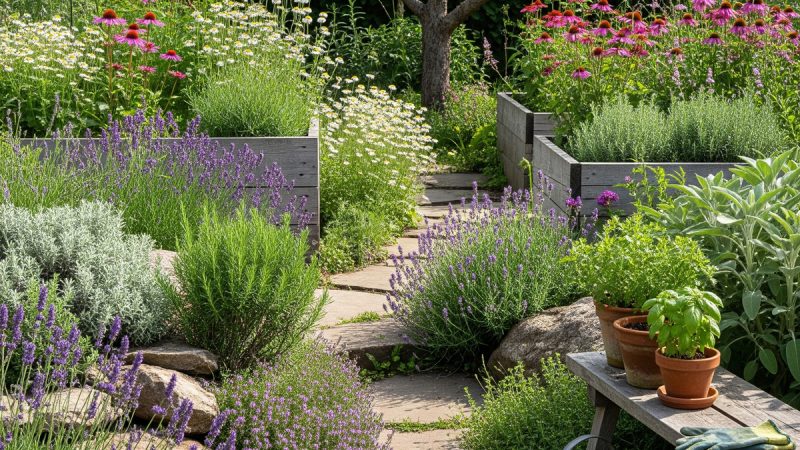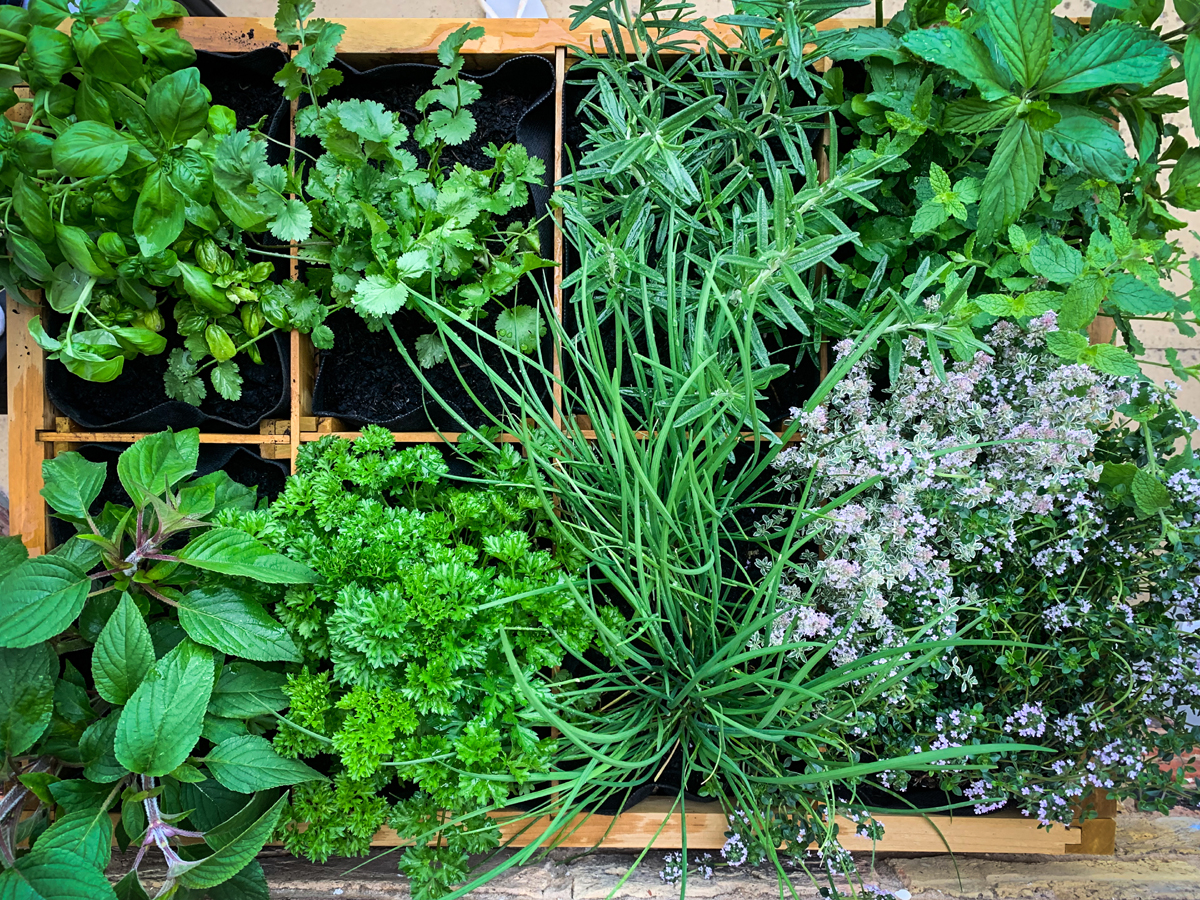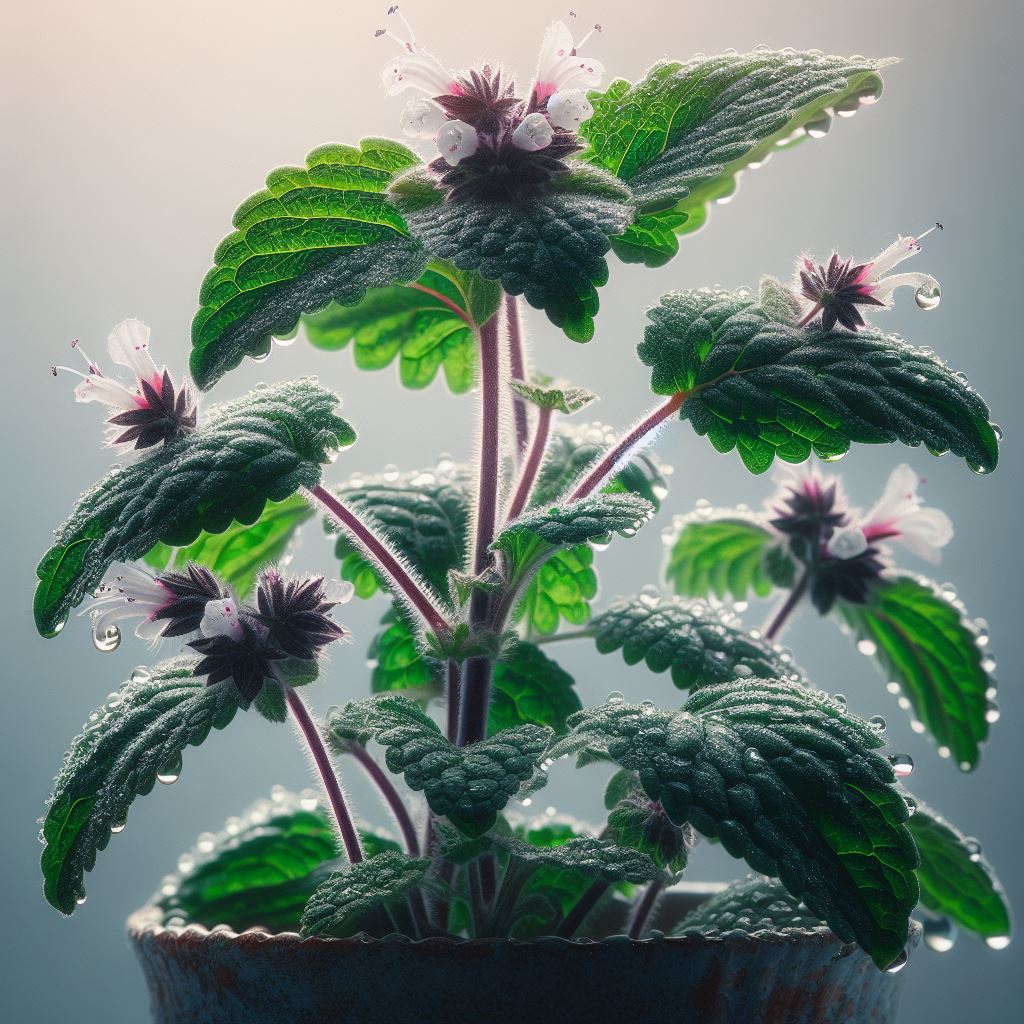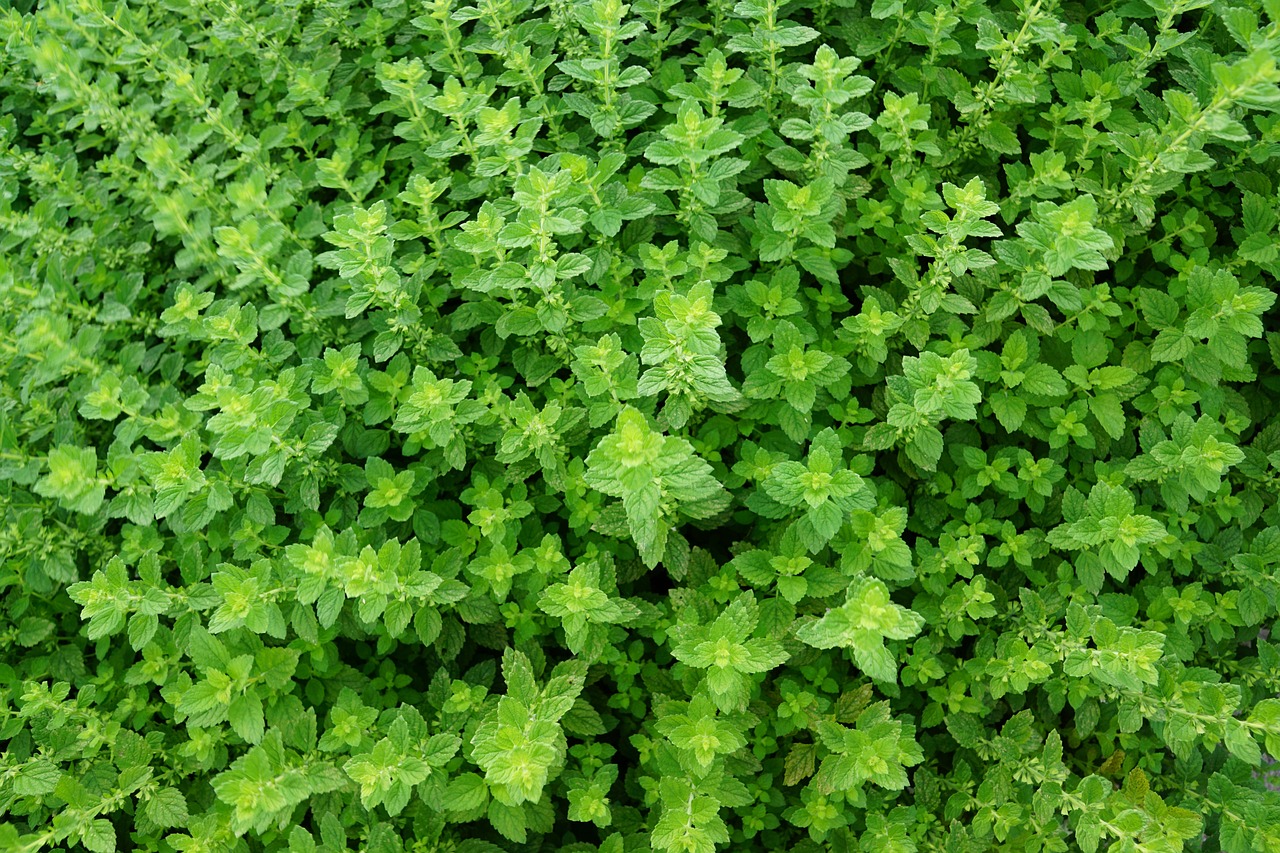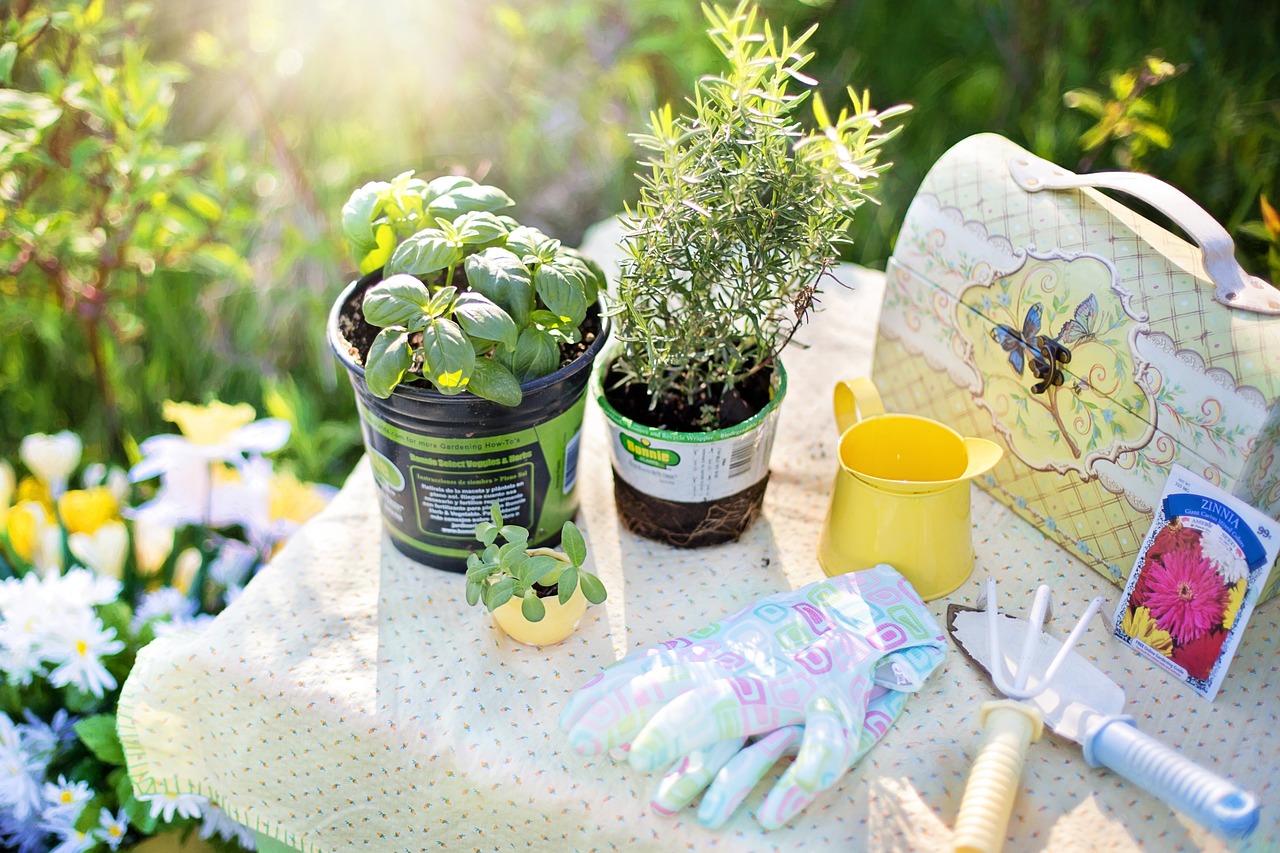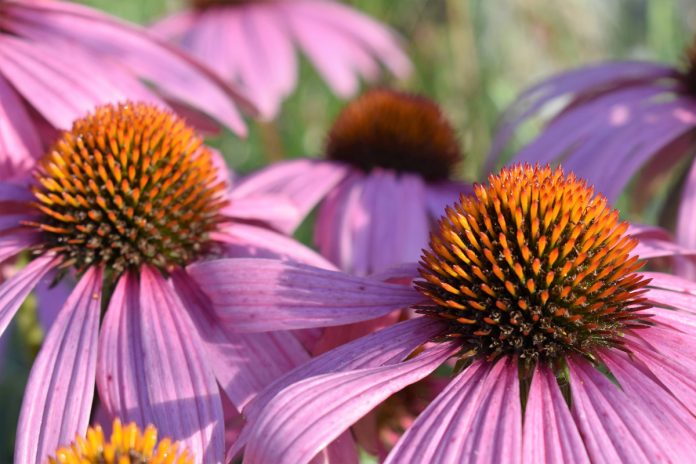Herbs for Edible Walls
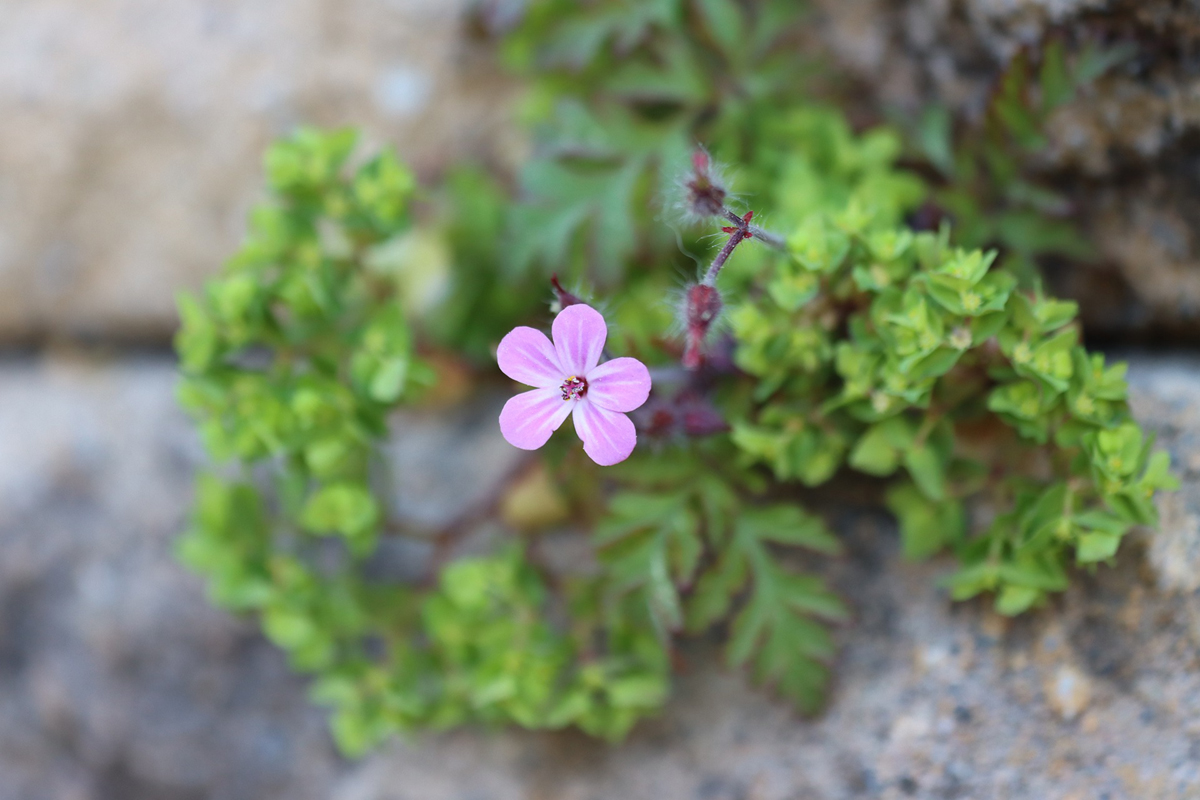
I have chosen the following herbs simply because they tend to be the most commonly used herbs. Of course, there are so many herbs you can grow in your own garden, so don’t be afraid to try new herbs, or just new varieties of more common herbs.
Thyme
Thyme is a lovely aromatic herb which is often used in Italian cooking. It is a relatively easy plant to grow, and works wonderfully in edible walls as it survives all year round, and will live for a number of years.
Thyme grows best in a sunny, sheltered position in well drained soil. There are a number of varieties of thyme, including Lemon thyme. This herb generally grows to about 6-10 inches in height.
Parsley
Parsley is perhaps one of the most commonly used herbs, and is often associated with fish, although the versatility of this herb makes it useful in a range of cookery. There are two main types of parsley, flat leaf and curly leaf. Both are ideal to use in edible walls. Like thyme, parsley needs little attention, although unlike thyme, it is biennial, meaning you will have to replace your plants every two years.
Parsley needs a rich soil in sun or partial shade, and will need regular watering, and the occasional feed.
Mint
Mint is perhaps one of the easiest herbs to grow. It is often used to accompany lamb, potatoes or peas, as well as desserts, and even cocktails. Like thyme, mint is perennial, and thrives in both sunny and shady positions. It prefers well drained, fertile soil. A word of warning, mint can be incredibly invasive, so plant the mint in a pot, then into the soil. If not, you may find that it takes over the whole pot. Both spearmint and peppermint make ideal herbs for your edible wall, with both releasing a wonderful scent.
Basil
Again, a herb often associated with Italian/Mediterranean cookery, although it actually originates from India. Basil needs a sheltered, sunny position in your garden, although it is far more susceptible to the cold than thyme and mint, which means you can really only grow it during the summer months. By removing any flowers that appear, you are ensuring that all the plants energy os focused on growing its leaves.
Chives
Chives may a lovely alternative to onions (they are part of the same family). The beauty of chives is that not only do they taste delicious, they also contain very pretty flowers, making them an ideal addition to your edible wall or herb garden. They will grow in full sun or partial shade, and need water only when they are very dry. Chives are most commonly used in salads and potato dishes.
As I mentioned, this is just the tip of the iceberg. As well as the usual more common herbs, ie, oregano, rosemary, sage and marjoram, there are also lesser used herbs such as borage, sorrel and winter savory. Once you have started growing herbs, you will never want to buy them from a supermarket again.
The Author:
Treebox.co.uk

